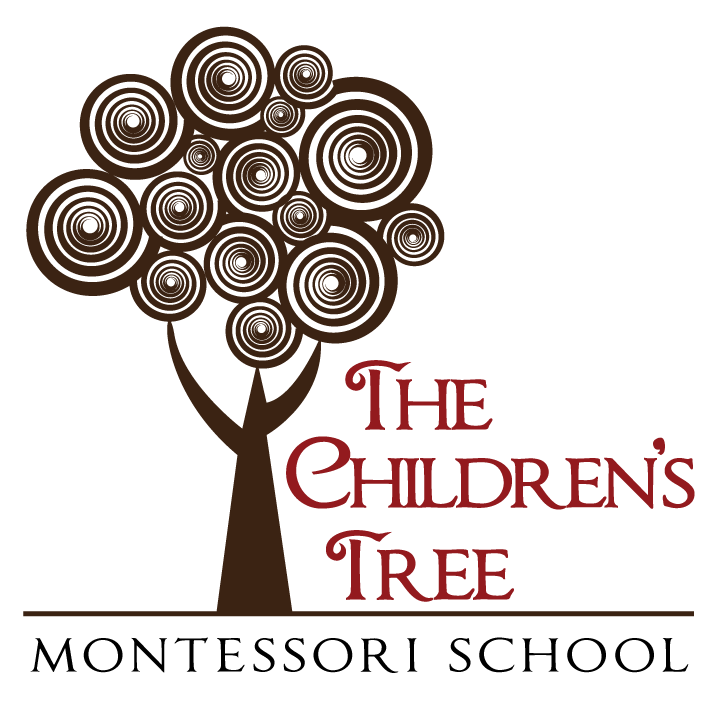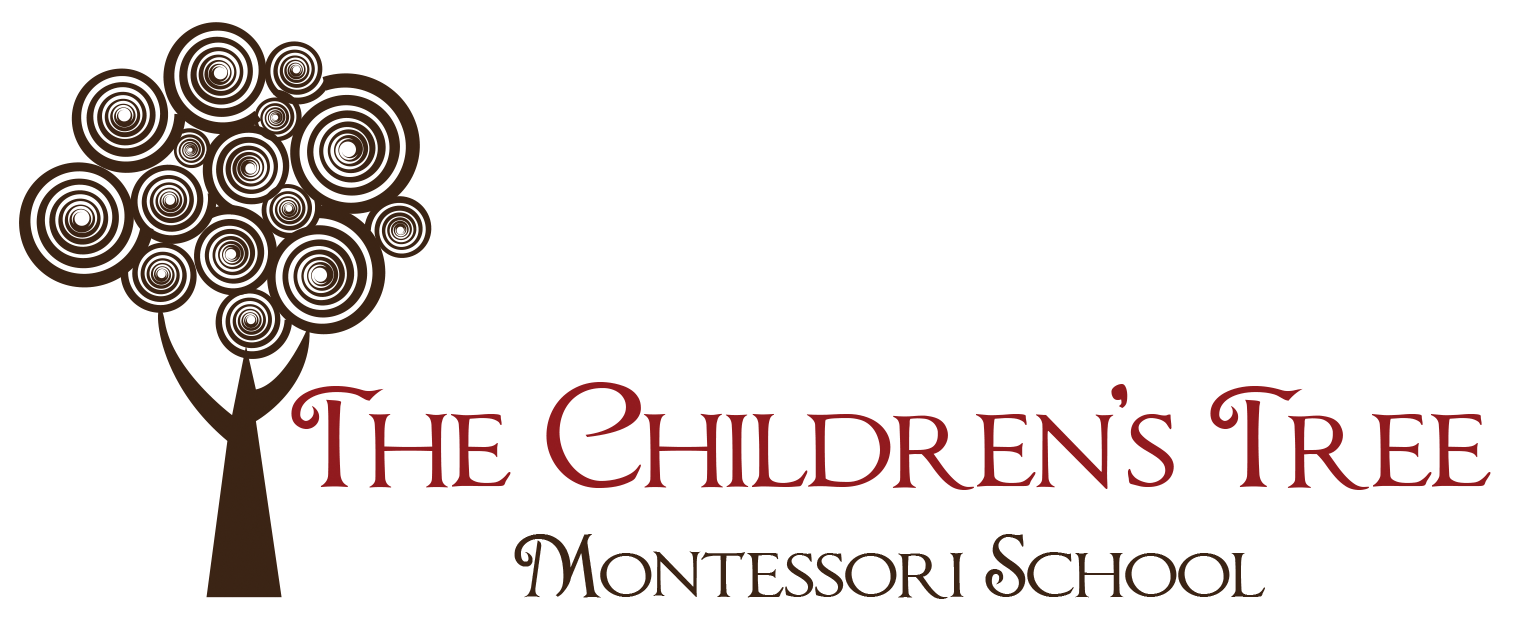The Toddler Classrom
The Nest – Toddler Classroom
Montessori toddler classroom is carefully designed to meet the physical and developmental needs of the very young child, both in the size of the furnishings and in the opportunities for motor development. There is an observation area for adults, minimal furniture, tiled floors, maximum natural light, selected art placed low on the walls, toilets sized for very small children, and defined spaces to challenge coordination of movement.
Young Students
These young students need to move and explore everything in an environment where we can trust that the child will be safe. Freedom is given within limits in order for the child to become organized and learn respect for others.
The Environment
Toddlers absorb information from sights, sounds, smells, textures and taste without formal lessons. The environment is prepared in a way that appeals to the senses through order, balance, and harmony and allows children to follow their natural curiosity and to experiment with the materials. The toddler classroom distinct areas for movement, practical life, arts, language, math and sensorial learning (also see Learning Goals)
-
Movement
The movement area includes stairs and a platform; movement mat; push cart; wall bars; materials for eye-hand coordination such as threading, bead stringing, cubes on pegs, and spheres on horizontal pegs.
-
Practical Life, Culture and Arts
The practical life area includes materials necessary for preparing and serving a snack, setting and clearing the table, sweeping, caring for plants and animals, dish washing, clothes washing, ironing, polishing, hand washing, window cleaning, flower arranging, and so on. Children paint at the easel, draw, tear, glue, all of which helps them to learn control of their bodies within space.
-
Language and Math
The language area offers miniature objects, language nomenclature cards (parts of the body, family members, and pets, components of the neighborhood, the school, and the home), books (fiction, poetry, and nonfiction), spoken vocabulary enrichment exercises, and other activities including art and music experiences. Materials like sorting objects, counting and number games, patterning, and finger games teach children early math concepts.
-
Sensorial
Materials in the sensorial area stimulate the senses with activities for touch, visual, auditory and olfactory visual discrimination. Working with puzzles, blocks, sorting color gradients, touching different materials, comparing smells and sounds help to develop the child’s senses.
PROGRAMS
Privacy Policy | Accessibility
The Children's Tree Montessori School

